Why the Gurgaon Metro Expansion Could Be the Best Thing to Happen to Gurugram.
Gurugram (formerly Gurgaon) has long been at the forefront of India’s urban growth stories — as a corporate hub, real estate hotspot, and high-density residential zone connecting Delhi NCR. However, its road congestion, fragmented connectivity, and ever-gqueuing traffic have limited its efficiency. The Gurgaon Metro expansion promises to be a catalyst that unlocks the city’s latent potential — making commuting smoother, catalyzing real estate growth, enabling inclusive development, and elevating Gurugram’s standing as a modern city.
In this article, we explore how the metro expansion will reshape Gurugram’s future across multiple dimensions, and why stakeholders — residents, investors, urban planners — should pay attention.
The Big Picture: What Is the Gurgaon Metro Expansion Plan?
To understand why this is transformative, let’s set the stage:
- The proposed corridor is about 28.5 km long, with 27 elevated stations, looping from Millennium City Centre (HUDA City Centre) through various sectors, connecting to Cyber City, and featuring a 1.85 km spur to the Dwarka Expressway.
- It is being implemented by Gurugram Metro Rail Limited (GMRL), a joint venture between the Government of India and Government of Haryana.
- The corridor is designed to integrate with other transport systems in the city — Delhi Metro, Rapid Metro, bus networks — making for a seamless multimodal experience.
- Groundbreaking for Phase 1 was done on 5 September 2025, marking the formal start of construction.
This expansion is not just an added transit line — it is a structural shift in how the city will function, grow, and distribute opportunity.
1. Gurgaon Metro Expansion-Enhanced Connectivity & Reduced Commute Time
One of the most immediate benefits is dramatically improved connectivity across old and new sectors of Gurugram.
- The corridor physically bridges the divide between Old Gurugram and New Gurugram, which are separated by NH-48.
- By connecting residential, institutional, and industrial zones (such as Udyog Vihar, Cyber City, Dwarka Expressway), it will reduce the friction and delay of cross-city travel.
- As public transport becomes a viable, reliable option, many commuters will shift from private vehicles, reducing traffic load on roads.
- With modern signaling, elevated tracks, and fewer intersections, travel speed will improve, peak hour congestion will ease, and people will reclaim time otherwise lost in jams.
Thus, the metro will not only shorten journeys but also bring predictability and comfort to daily commuting.
2. Gurgaon Metro Expansion-Unlocking Real Estate & Spatial Potential
Perhaps the most significant ripple effect will be in real estate development and value appreciation.
A. Rise in Property Demand Around Stations
Areas adjacent to metro stations typically see higher demand — buyers and renters prefer to live close to reliable transport. As developers anticipate this demand, they will focus on Transit-Oriented Development (TOD) around stations.
This translates into:
- Price appreciation for residential properties near stations
- More mixed-use developments, combining living, retail, offices, and amenities
- Higher saturation of commercial and retail outlets near last-mile access nodes
B. Spurring Growth in Peripheral & Underserved Areas
With better connectivity, areas currently perceived as far or inconvenient become more attractive. Suburbs, erstwhile outskirts, and sectors along the corridor will see development interest.
This means:
- Balanced urban expansion rather than excessive densification in core areas
- Opportunities for more affordable housing farther from city center but well connected
- Infrastructure catchups (roads, utilities, services) in these newer zones
C. Momentum for Commercial / Office Leasing
Improved transport access raises attractiveness for corporate tenants. Offices, startups, co-working spaces will prefer areas near metro lines.
- Better footfall for retail and consumer enterprises
- More intense usage of commercial precincts near stations
- Increased rental yields and investor interest
Thus, the metro becomes a trigger for spatial reorganization and revaluation of Gurugram’s real estate landscape.
3. Gurgaon Metro Expansion–Economic & Business Growth
Infrastructure is a key enabler for economic activity. The metro expansion helps in multiple ways:
- Better access to talent: Employees from farther zones can commute reliably, broadening the labour pool for businesses.
- Cluster formation: Key business corridors connected by metro will foster industry clusters, tech parks, and corporate hubs.
- Increased foot traffic: Retail, hospitality, and service sectors near stations will benefit from higher footfall and consumer accessibility.
- Investor confidence: Infrastructure projects often signal future growth, encouraging investments, entrepreneurship, and development.
Overall, the metro will help Gurugram move from being a collection of high-rise chaos to a more integrated, efficient business ecosystem.
4. Social Inclusion, Accessibility & Quality of Life
Beyond commercial gains, the metro expansion has deep social dividends.
- Mobility for all strata: People from lower- and middle-income groups can access jobs, education, health services more easily without dependence on private vehicles.
- Reduced travel stress: Commuting becomes less tiring, more predictable — improving daily life and mental well-being.
- Safer urban movement: Elevated tracks and station designs reduce risk of pedestrian-vehicle interactions, make night travel safer, and promote inclusive accessibility (elevators, ramps, disabled access).
- Equitable development: Growth of underserved areas helps reduce spatial inequality between inner and outer sectors.
Thus, the metro helps recast Gurugram as a city not just for elites but for a broader cross-section of its residents.
5. Environmental & Sustainability Benefits
Given the rising concerns about urban pollution and climate change, the metro expansion provides a more sustainable mode of mobility.
- Less vehicular emissions: As more people shift from cars to metros, carbon emissions and air pollution will decrease.
- Energy efficiency: Modern metro systems use regenerative braking, energy-saving lighting, and green design practices.
- Reduced road congestion & fuel waste: Fewer idling cars means less fuel wastage and cleaner air.
- Green planning synergy: The city can tie metro development with green corridors, tree planting, open space planning, and ecological resilience.
Overall, the metro introduces an element of smart, eco-conscious growth into Gurugram’s future.
6. Challenges & Considerations to Address
No large project is without hurdles. For the full potential to be realized, these must be managed:
- Land acquisition & Right of Way (ROW): Securing land and permissions may face resistance, delays, or cost overruns.
- Traffic disruptions during construction: Careful traffic management is needed to minimize inconvenience to daily commuters and businesses.
- Last-mile connectivity: Metro stations must be complemented by feeder buses, cycles, pedestrian paths, so that getting to/from stations is easy.
- Integration & interoperability: Harmonization with existing transport (Delhi Metro, buses, Rapid Metro) is key for seamless user experience.
- Financial sustainability / fare policy: Keeping fares affordable while ensuring operations are viable is a balancing act.
- Timely execution & maintenance: Delays or lapses could dampen the promise; ongoing maintenance is crucial for long-term reliability.
If these challenges are managed well, the transformation can be profound.
7. Realizing the Hidden Potential: What Will Change
When the Gurgaon Metro expansion is fully operational, here’s how Gurugram’s hidden potential will surface:
- Unknown zones become prime zones: Sectors previously considered remote will become well explored real estate destinations.
- Resurgence of old localities: Older residential sectors may see redevelopment, densification, and new demand as they connect better.
- Balanced city growth: Growth will distribute more evenly rather than being concentrated in limited corridors.
- Better urban identity: With integrated public transit, Gurugram can emerge as a model smart city within NCR, shedding its image of chaos.
- Improved regional linkage: With links to Dwarka Expressway, other metro / rapid rail corridors, Gurugram becomes a more integrated node in NCR economics.
In short: the expansion doesn’t just add a metro line — it unlocks opportunities in places unseen or underappreciated until now.
Conclusion
The Gurgaon Metro expansion is more than a transport upgrade. It’s a transformational infrastructure investment that will unlock Gurugram’s hidden potential — bridging its fragmented zones, fueling real estate and business growth, improving life for residents, and making the city more sustainable and future-ready. While the journey from blueprint to reality involves challenges, if executed with vision and diligence, the gains will reverberate for decades to come.
Also Know about “Why a 4 BHK Apartment in Gurgaon is the Ultimate Lifestyle Upgrade“

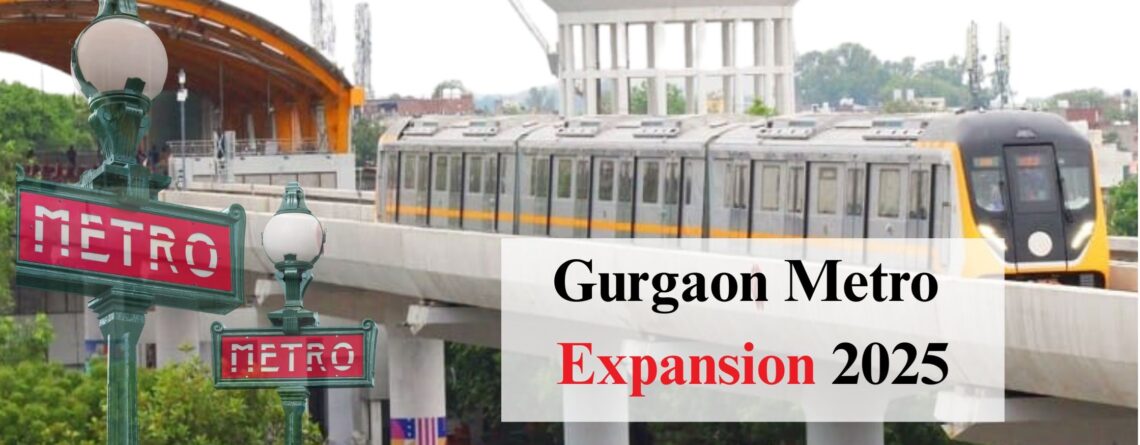
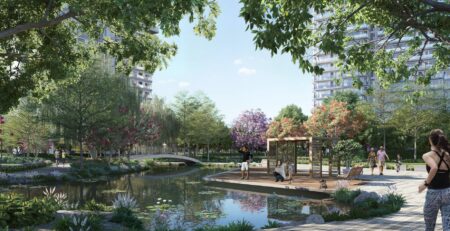

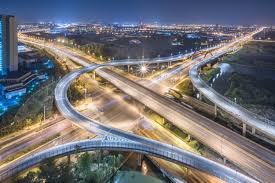



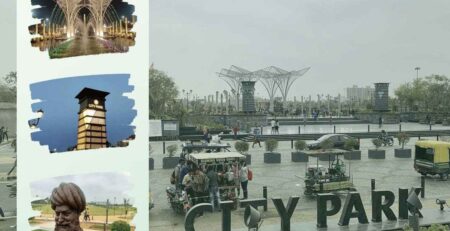

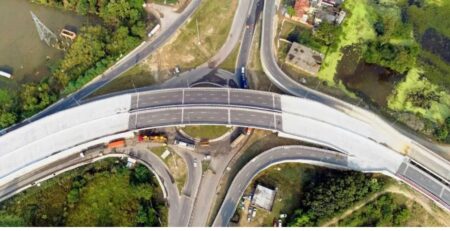
Comment (1)
[…] Also Know About “Why the Gurgaon Metro Expansion Could Be the Best Thing to Happen to Gurugram.“ […]